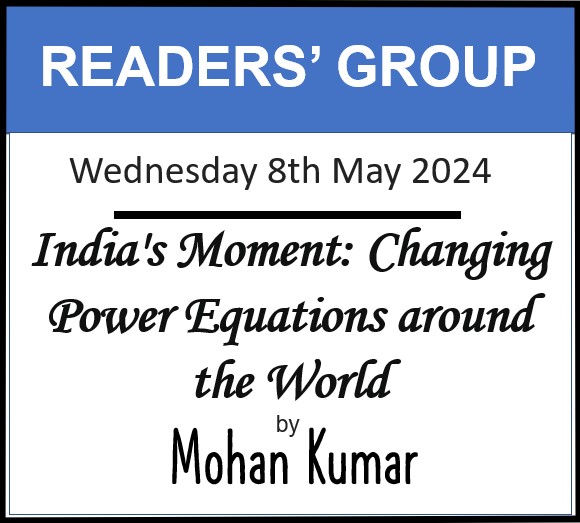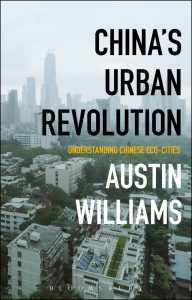Letter from China
Austin Williams | 28 December 2011
There has been much talk of China’s unsustainable property bubble recently with Western commentators taking unseemly delight in the prediction that China’s mighty economy is teetering on the brink. But reports of China’s imminent economic decline appear to be greatly exaggerated. After all, with current GDP growth slowing to a reasonably healthy 6 per cent, Chinese wealth creation (especially when compared to the recession-hit West), gives a whole new meaning to the word “sluggish”. Indeed, business analyst, Bill Dodson, author of “China: Inside Out” wrote recently: “It seems a near-impossibility to escape the din of construction machines punching the ground or stamping steel or crunching concrete.” China is still building at a frenetic pace.
Mind you, the concept of an “overheated” property market is more appropriate when you consider that China places scant regard on the installation of insulation. Unlike the UK, China has several temperature zones – and it is getting particularly parky in Shanghai at the moment. Living, as I do on the top floor of a 16-storey apartment block, I am well aware of the fact that the insulation levels in residential roofs are a quarter those of the UK Building Regs, and one tenth those of PassivHaus standards. A recent report indicated that, on paper, 70 per cent of buildings complied with energy design standards for residential buildings… but only 30 per cent were shown to comply on inspection. Lest we forget, this level of insulation (and possibly of workmanship) is where the UK was just 25 years ago. In developmental terms, China is hastily catching up even though is still painted as a pariah
The West’s ability to retain some semblance of moral authority by preaching about Chinese environmental failings, has seldom reflected a desire to help China improve its insulation standards; instead it implied that China was not somehow actively “saving the planet”. Instead of offering people a warmer and more comfortable existence, Western sustainability consultants tended to focus on reductions in energy-production and lower consumption, the very things that a truly developing nation are fighting to improve.
But the Durban Climate talks have exposed the fact that the West is losing credibility even on this issue. The surprising – and perhaps – shocking thing about China is the all-pervasive language of sustainable development. Just as in the UK, you cannot go to a public conference on architecture – or on almost anything – without the dreaded prefix “”sustainable” rearing its ugly head. Regularly, these conferences are presented by Western sustainability consultants who – like the corporates they despise – are desperately touting their wares in an emerging market.
There is one difference. Unlike the West, “sustainability” reflects a burgeoning internal confidence about China’s ability to play on the world’s stage. A recent Communist Party Congress, for example, mandated that it would “aggressively participate” in global climate change debates reflecting its desire to dictate terms, rather than be dictated to. However (to be “Yin and Yang” about it), such confidence also represents a political weakness. One Party official, writing in the China Daily newspaper said: “That China is and will remain a developing country for quite some time is a solid fact, not the product of self-painted modesty… Therefore we should continue to adopt the a low-key style and work doggedly for our sustainable development.” Sustainable development is still primarily a political mechanism to excuse the inadequate pace of “real development”.
Just five years ago, the WorldWatch attempted to stymie China’s ambitions by saying, that ‘The western model of growth that India and China wish to emulate is intrinsically toxic.’ Mercifully, this corrosive self-loathing is entirely absent in China. Yang Fuqiang, a senior advisor on energy, environment and climate change with the Natural Resources Defense Council puts it bluntly: “Industrialized countries have consumed a large amount of resources from developing countries since the Industrial Revolution. They built economic power and left developing countries in poverty”. Now maybe, it’s the turn of developing countries to have their century.
This article was first published in the Architectural Review






